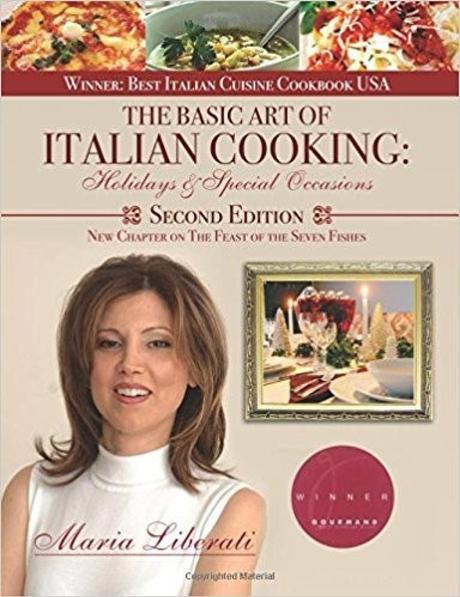Do you still buy seeds every planting season? If so, you're wasting money and an opportunity to create your own self-reliant garden. Instead, you should preserve the seeds from the vegetables you have already grown and learn how to store them.
Cleaning the Seeds
Separate dry seeds, like beans and onions, from their husks. Once dry, the husk will crumble away easily. Separate the seeds from the chaff using a method called screening.
Plants such as tomatoes, squash and melons contain wet seeds that you must separate from the pulp. According to Garden Betty, tomato seeds should be fermented first. Scoop the seeds, pulp and a bit of water into a jar, and keep it in a warm location until you notice bubbling or white mold. This process can take up to five days.
When ready to clean wet seeds, place the seeds and pulp into a bowl with water. While the pulp and dead seeds will float, the healthy seeds will sink to the bottom of the bowl. Pour the water, dead seeds and pulp out of the bowl.
Strain the final bit of water, and pat the seeds in the strainer with a towel. Move the seeds to a glossy surface (to prevent sticking), and place in a cool, shady spot for several days to finish drying.
Store dry seeds in jars. However, you'll have issues with your self-reliant garden if your seeds are not fully dried. Dry seeds will not bend and will break or shatter when you hit them with a hammer. If your seeds are not fully dry, you can store them with silica gel for two more weeks to complete the drying process.
Control the Storage Environment
According to Online Seed Sales, a dark, cool storage environment is critical for preventing the seeds from starting to grow too soon. To preserve seeds for your garden, you should keep them at a constant cold temperature. When you remove the seeds from the jar, allow the entire container to warm to room temperature before opening it. Similarly, seeds should be stored in a climate with constant humidity.
Insect damage is also a concern. It's impossible to weed out all insects, although freezing your seeds prevents them from sustaining more damage. Add enough diatomaceous earth to cover the seeds in the jar before sealing to protect them from insects.
Practice Makes Perfect
No matter what you do, the storage process will cause some of the seeds to die and their longevity to be reduced. Through trial and error, you can develop your own self-reliant garden.
What are you waiting for? Now's a great time to start storing seeds to create a self-reliant garden right now.
Related: The Benefits of Composting for Your Backyard GardenYou can find more info on Bracco Farms at www.braccofarms.com and Frankie Flowers at www.frankieflowers.com


For great Recipes for all those fresh veggies get your copy of the award winning book The Basic Art of Italian Cooking: Holidays and Special Occasion-2nd edition


Download all episodes of The Maria Liberati Show at https://anchor.fm/maria-liberati
